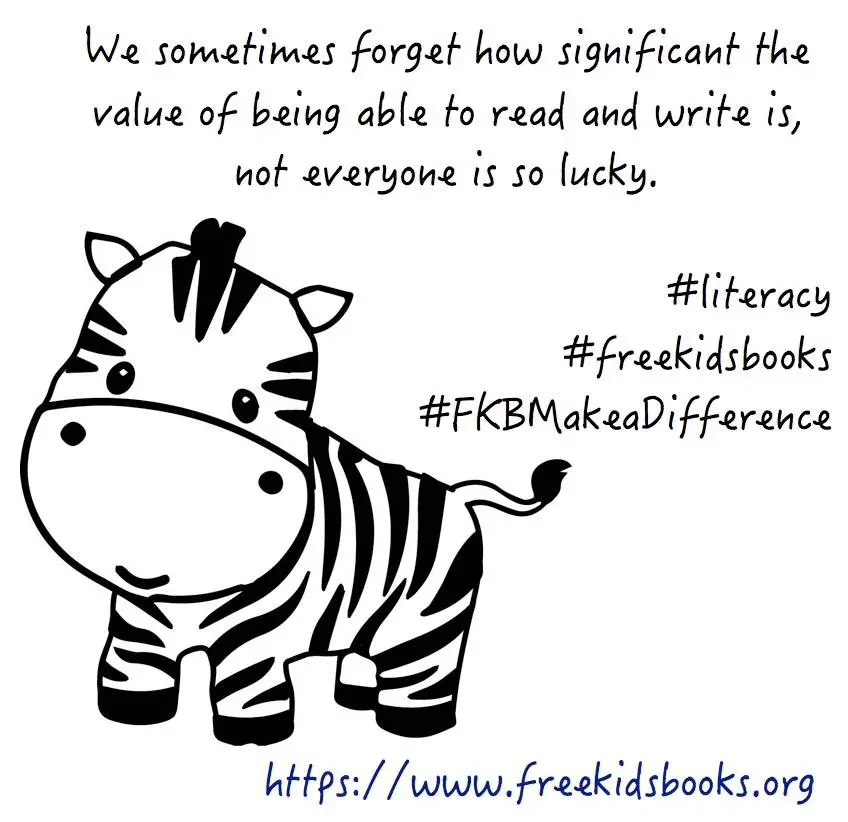As the world continues to rapidly evolve and adapt to the digital age, it’s essential to prepare children for the future by introducing them to financial literacy and cryptocurrencies. One of the best ways to do this is through engaging and informative books. This article will provide recommendations for books on cryptocurrencies and financial literacy for kids, explore case studies of how children have benefited from reading these books, and offer tips for parents and educators on introducing cryptocurrency concepts through literature.

Recommendations for Engaging and Informative Books on Cryptocurrencies for Kids
Book 1: “Bitcoin Money: A Tale of Bitville Discovering Good Money” by Michael Caras
“Bitcoin Money: A Tale of Bitville Discovering Good Money” is a fantastic introduction to the world of cryptocurrencies for children. This beautifully illustrated book tells the story of Bitville, a town that discovers the advantages of using Bitcoin instead of traditional money. It provides simple explanations of complex concepts like decentralization, scarcity, and digital currency, making it an engaging and educational read for children aged 6 and up.
Book 2: “Cryptocurrencies for Kids” by Samson Williams
Samson Williams’ “Cryptocurrencies for Kids” is another excellent resource for children interested in learning about digital currencies. This book offers a comprehensive overview of various cryptocurrencies, including Bitcoin, Ethereum, and Ripple, as well as blockchain technology and its potential applications. The easy-to-understand language and colorful illustrations make this book perfect for children aged 8 and up.
Book 3: “Crypto Kids: The Adventures of Bitcoin” by Lisa Huguenin
“Crypto Kids: The Adventures of Bitcoin” is a fun and informative book that follows the journey of a young boy named Ben who discovers the world of cryptocurrencies. Through engaging storytelling and relatable characters, this book introduces children to the basics of digital currencies and blockchain technology. Suitable for kids aged 7 and up, “Crypto Kids” will have young readers excited about the possibilities of cryptocurrencies and the future of finance.
Exploring Books That Teach Financial Literacy and Money Management to Children
Book 4: “The Lemonade War” by Jacqueline Davies
“The Lemonade War” is a captivating story about siblings who engage in a lemonade-selling competition to make the most money. This engaging book teaches children about business, entrepreneurship, and money management through a fun and relatable story. Perfect for kids aged 9 and up, “The Lemonade War” not only encourages financial literacy but also promotes healthy competition and sibling bonding.
Book 5: “Rock, Brock, and the Savings Shock” by Sheila Bair
“Rock, Brock, and the Savings Shock” is an imaginative story that teaches children the importance of saving money. The book follows the adventures of twin brothers, Rock and Brock, as they learn valuable lessons about spending, saving, and investing. With colorful illustrations and a captivating story, this book is ideal for children aged 6 and up, helping to plant the seeds of financial literacy at an early age.
Book 6: “Money Ninja: A Children’s Book About Saving, Investing, and Donating” by Mary Nhin
In “Money Ninja,” author Mary Nhin introduces young readers to the concepts of saving, investing, and donating through the story of a young ninja named Hanzo. This engaging book helps children understand the importance of being responsible with their money and the benefits of saving and investing. With a relatable storyline and easy-to-understand language, “Money Ninja” is suitable for kids aged 6 and up, making it a valuable resource for promoting financial literacy.
Case Studies: How Kids Have Benefited from Reading Books on Cryptocurrencies
Case Study 1: Eric
Eric, a 10-year-old boy, was introduced to the world of cryptocurrencies through the book “Bitcoin Money: A Tale of Bitville Discovering Good Money.” The engaging story and simple explanations of complex concepts sparked his interest in digital currencies. With his parents’ guidance, he started to buy tether and other cryptocurrencies, learning about the importance of diversification and risk management. By the time he turned 12, Eric was able to earn a small profit from his investments, demonstrating the value of early financial literacy education.
Case Study 2: Sophia
Sophia, an 11-year-old girl, developed a passion for cryptocurrencies after reading “Cryptocurrencies for Kids” by Samson Williams. Inspired by the book, she decided to learn more about blockchain technology and its potential applications. With the support of her parents and teachers, Sophia created a school project on the benefits of cryptocurrencies in promoting financial inclusion. Her project won first place in a local competition, showcasing the impact of early exposure to financial literacy and cryptocurrencies on children’s academic achievements.
Case Study 3: Jack
Jack, a 9-year-old boy, was introduced to the world of cryptocurrencies through “Crypto Kids: The Adventures of Bitcoin” by Lisa Huguenin. The engaging story and relatable characters sparked his interest in digital currencies, leading him to explore the concept further. With his parents’ help, Jack began to buy tether and other cryptocurrencies, learning about the importance of research and due diligence in the investment process. Jack’s early exposure to cryptocurrencies and financial literacy has cultivated a passion for finance, inspiring him to pursue a career in the field.
Tips for Parents and Educators on Introducing Cryptocurrency Concepts to Kids through Books
- Choose age-appropriate books: Select books that are suitable for your child’s age and reading level, ensuring that the content is engaging and relatable.
- Encourage discussion: After reading a book together, engage in conversations about the concepts presented in the story. Ask open-ended questions to encourage critical thinking and deepen your child’s understanding of cryptocurrencies and financial literacy.
- Provide real-life examples: Use real-life examples to help your child understand the practical applications of cryptocurrencies and the importance of financial literacy.
- Support further learning: Encourage your child to explore additional resources, such as articles, videos, and online courses, to expand their knowledge on cryptocurrencies and financial literacy.
- Practice safe investing: If your child expresses interest in buying tether or other cryptocurrencies, ensure that they understand the risks involved and the importance of conducting thorough research before investing.
In conclusion, introducing children to cryptocurrencies and financial literacy through engaging and informative books is an effective way to prepare them for the digital age. By fostering a strong foundation in these subjects, parents and educators can equip children with the knowledge and skills necessary to navigate the ever-evolving world of finance.











